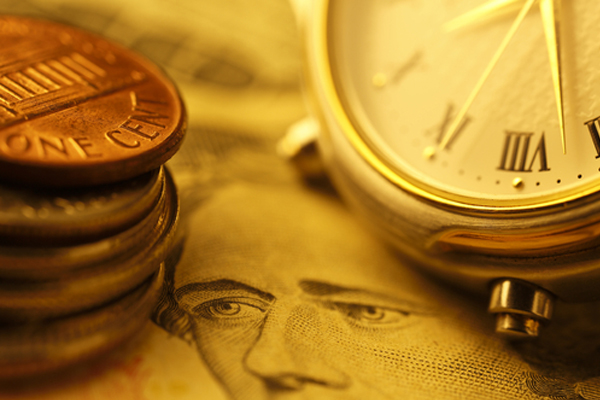Kate Davidson, of the Wall Street Journal published today that the stronger U.S. dollar can hurt exporters in the areas of capital spending and hiring plans. The following is her article on that subject. The stronger U.S. dollar has hurt exporters and could dampen their investment plans for next year, top business executives said in a new survey.
The quarterly Duke University/CFO Magazine Global Business Outlook Survey, released Wednesday, polled about 1,000 business executives–mostly CFOs–around the world.
Two out of three big U.S. exporters–those with at least one-fourth of their total sales overseas–said the appreciation of the dollar has had a negative impact on their businesses. And nearly one-fourth of big exporters said they have reduced their capital spending plans as a result.
Executives across many sectors–from construction to manufacturing to healthcare–pointed to the strengthening U.S. dollar against most major currencies as an emerging risk that has developed over the past six months.
“We are in a midst of an ugly contest to see whether the eurozone, Japan or Canada can depreciate the most against the U.S. dollar, and China is probably next,” said Campbell R. Harvey, a professor at the Duke Fuqua School of Business and a founding director of the survey. “U.S. exporters are being punished by these competitive depreciations and this will lead to lower profits and less employment.”
Nearly one-third of business executives expect the value of the dollar to increase 10% relative to the euro, according to the survey. Among executives who expect at least 10% dollar appreciation, 13.8% said currency values will have a negative effect on capital spending plans, and 8.6% expect a negative effect on hiring plans. (The survey was conducted through March 6; the dollar has strengthened further since then.)
A robust dollar and a strengthening economy are giving Americans more buying power, especially for products made overseas. At the same time, growth in Europe and Japan is lackluster and output in several major emerging markets is cooling, undercutting demand for U.S. products abroad.
That has led to a record high U.S. trade deficit and has implications for the overall health of the U.S. economy. Total exports as a share of gross domestic product have grown steadily over the past several decades, and export stagnation could undermine growth.
That’s one reason Federal Reserve officials are looking carefully at growth trends as they mull when to raise interest rates.
Fed officials expect the increase in the foreign-exchange value of the dollar will be a persistent source of restraint on U.S. net exports, according to minutes from the central bank’s latest policy meeting, and a few participants pointed to the risk that the dollar could appreciate further.
Also in the Duke survey:
- About 70% of U.S. companies said they expect to increase wages by at least 3%. Wage growth should exceed 3% in the tech, services and consulting, manufacturing and health care sectors; wages in the energy, retail and communications sectors are expected to increase less than 2%.
- On a scale from 0 to 100, U.S. CFOs rate the economic outlook at 65, the most optimistic expectation for the U.S. economy since 2007.
- Only 23% of European CFOs believe the European Central Bank’s quantitative easing program will actually increase inflation.
Written By: Kate Davidson of The Wall Street Journal

